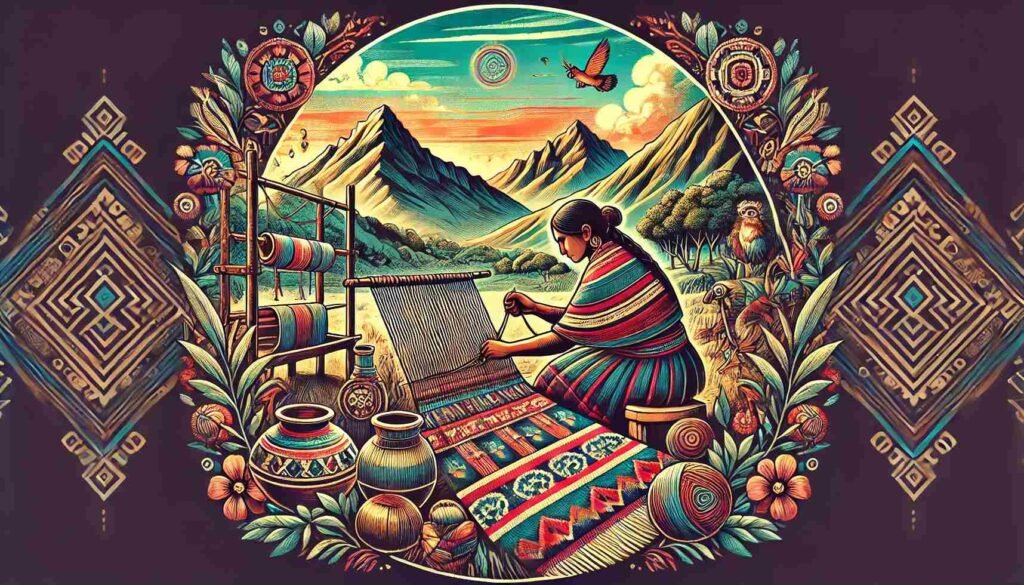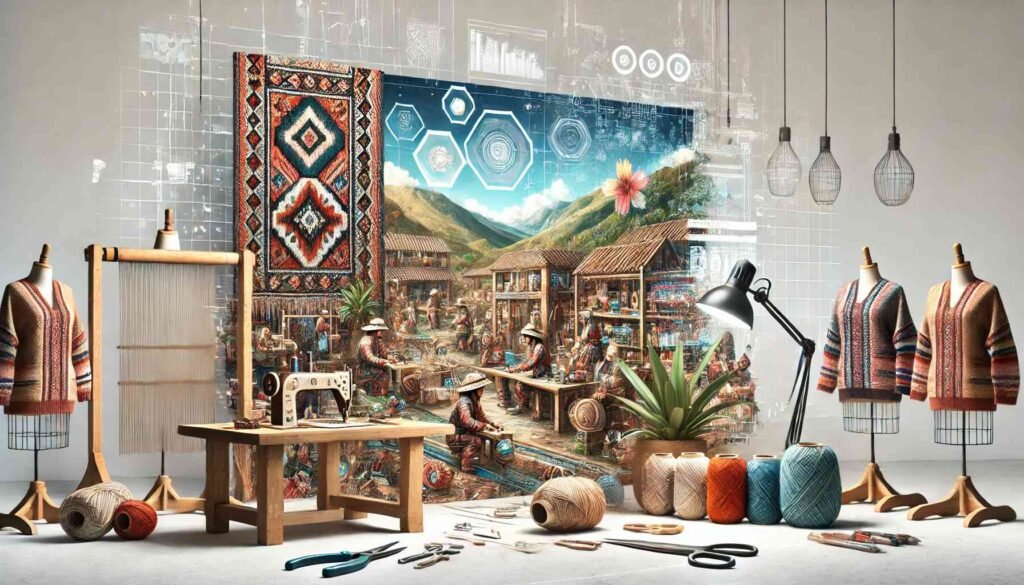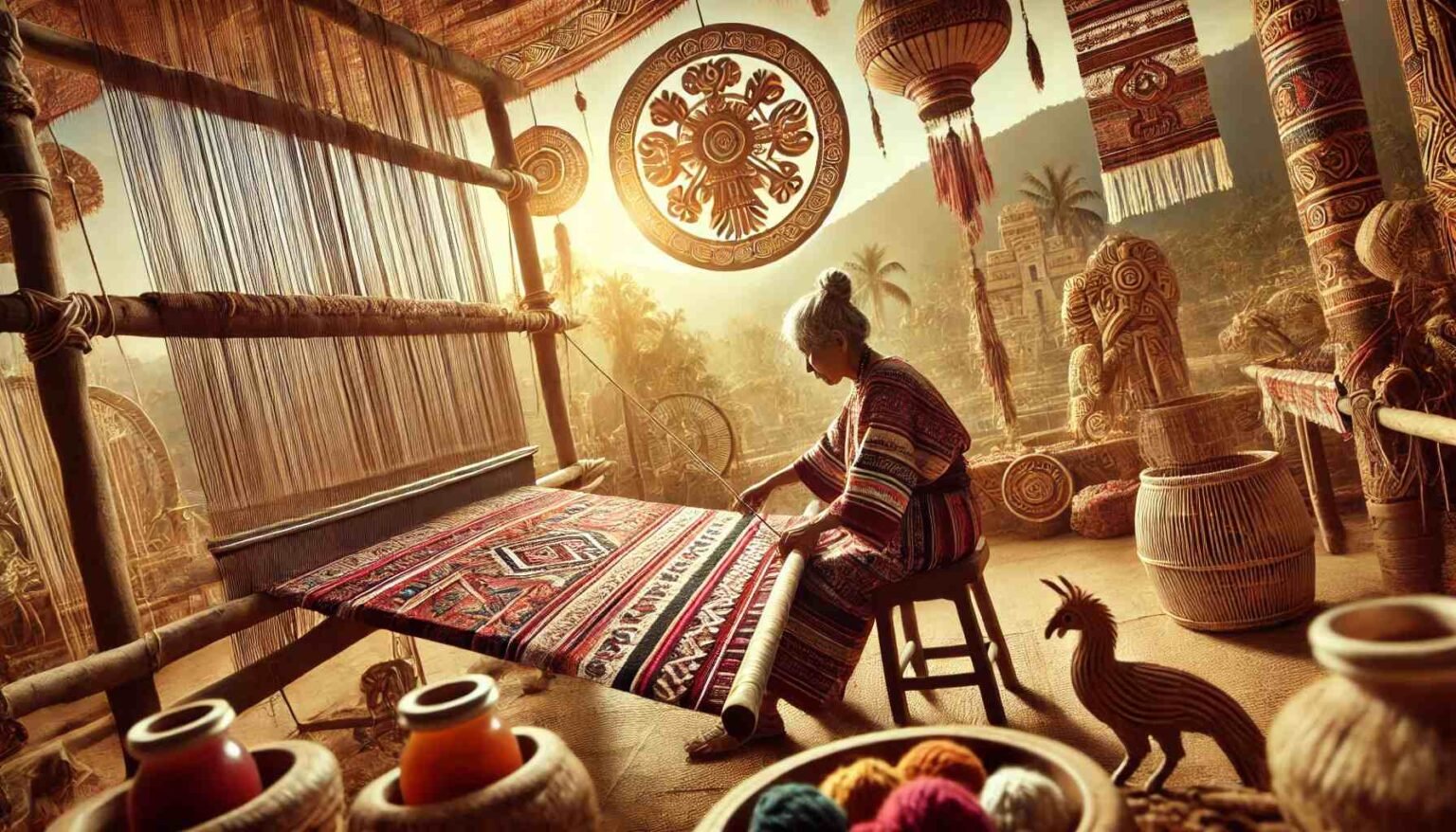Introduction
Uncuymaza is not merely a craft but a fascinating expression of identity and heritage. Emerging from the vibrant communities of Peru, it beautifully intertwines history and tradition. Each piece is intricately woven, blending artistic skills with creativity to create unique patterns that reflect a deep-rooted connection to the past.
The essence of uncuymaza lies in its ability to evolve while preserving its cultural significance. For generations, this art has been a way for artisans to tell their stories through every thread. It’s remarkable how this technique continues to inspire a meaningful journey into the rich heritage and origins of this traditional form.
Uncuymaza: Tracing Its History and Origins
The history of uncuymaza is deeply rooted in Andean traditions and indigenous practices. Dating back centuries, this unique craft evolved from ancient ways of life, intertwining cultural beliefs and practical uses. From daily life to sacred rituals and ceremonies, its purposes spanned both the spiritual and material worlds.
As trade spread across the Andes, artisans exchanged ideas and techniques, enriching the craftsmanship of uncuymaza. These interactions sparked innovation, adapting its form to meet the needs of changing times. The shared knowledge enhanced the value of these intricate pieces, reflecting their makers’ skills and creative vision.
Every story told through uncuymaza mirrors a strong connection to the community and nature. Crafted with carefully chosen materials, each item highlights the legacy and identity of the people who made it. This timeless art preserves its values, linking the past and present seamlessly.
From its origin in the Andean hills to its enduring role in modern culture, uncuymaza symbolizes resilience and adaptability. Passed through generations, it represents not just a tradition but a living tribute to the artistic spirit of those who create it.
The Cultural Importance of Uncuymaza

Uncuymaza holds a special place in the hearts of its community, where it is not just a craft but a vessel for heritage and ancestral knowledge. The traditions carried by the designs link the present with the past, allowing communities to maintain a connection to their roots, even as the world continues to evolve.
Through its symbolic patterns and storytelling, uncuymaza brings together people. This art helps foster unity, whether it’s through families gathering to create or communities joining forces to preserve their culture. It becomes an act of bonding, where every thread woven has a deeper meaning.
As the world grows more connected through globalization, the significance of uncuymaza has not diminished but has become even more essential. This form of expression remains steadfast in preserving identities, despite the influence of modern forces. Its role is to hold the traditions and beliefs of the people, acting as a grounding force amid changing times.
The designs seen in uncuymaza reflect nature and ancestral wisdom, conveying an understanding of life and the environment. By weaving together the elements of nature and community, this craft offers a sense of stability and continuity, even as global challenges reshape our world.
Ultimately, the presence of uncuymaza connects the past, present, and future. It enables craftspeople to share experiences and strengthen cultural values, ensuring that these age-old practices stay alive for generations to come.
The Creation Process of Uncuymaza
To create uncuymaza, the process begins with the careful selection of high-quality materials sourced from the local landscapes. Artisans use natural fibers and plant dyes, ensuring that the biodiversity of the region is reflected in the intricate designs they craft. Every element is chosen with great respect for the heritage and natural resources.
Once gathered, the materials undergo different techniques. The most prominent of these is weaving, where artisans carefully place each thread with precision to bring the design to life. The patterns they create are not just aesthetic but also carry stories passed down through generations, reflecting both personal and cultural history.
The weaving process itself is deeply rooted in tradition, with each step requiring mastery over the methods that have been perfected over centuries. These techniques serve both a functional purpose, like durability, and an emotional one, telling tales of ancestry, nature, and spirituality.
After the weaving is complete, shaping the piece ensures it meets practical needs, whether for daily use or ceremonial occasions. The item is then finished with elements that enhance its durability and beauty, combining the artistry with lasting integrity for long-term use.
Throughout this intricate and delicate craftsmanship, the dedication and focus shown by the artisans are essential. Their craft tells more than just stories — it conveys their connection to their environment, their cultural values, and the unbroken lineage of their artistry.
The Traditional Practices and Ritual Uses of Uncuymaza
Uncuymaza plays an essential role in many traditional ceremonies and rituals. It’s used during special festivals and celebrations to showcase artistic designs. These creations often serve as symbols of identity, pride, and community, tying people to their shared heritage and local surroundings. The colorful patterns and threads reflect stories that have been passed down through generations.
Each piece made is a testament to the skills of the artisans. Elders teach younger members the crafting techniques, ensuring that the traditions continue. This act of learning fosters strong bonds within the family and the larger community, keeping the connection to the past alive.
The threads used are not just for artistic expression—they hold deep meaning. Whether during weddings, birth celebrations, or other rituals, these items are thought to provide protection and offer blessings. The creation of uncuymaza links individuals with their ancestors, continuing a sacred tradition of weaving protection into each piece.
The designs themselves often carry symbolic meanings, representing everything from natural elements to the environment and cultural beliefs. Each piece tells a story about the land, nature, and the community that created it. The colors, chosen with care, often reflect the essence of the surroundings and the identity of the makers.
Through these practices, uncuymaza remains an integral part of communal life. It continues to celebrate the ties to history and family, making every celebration meaningful. These artistic creations not only serve as a craft but as an essential part of maintaining and sharing traditions, connecting new generations with those that came before them.
Innovations and Contemporary Adaptations of Uncuymaza

Artisans are blending traditional heritage with modern designs to create unique pieces of uncuymaza. This fusion appeals to a broader audience, highlighting the craft’s relevance in the global market.
One major shift is the use of eco-friendly materials and dyes, showing the art of uncuymaza evolving to meet modern sustainability needs while honoring its rich history. This innovation combines ancient techniques with a focus on sustainability, ensuring that craftsmanship stays dynamic.
The role of technology is undeniable. Social media platforms and online marketplaces connect artisans to a global audience, enabling them to showcase their work in new ways. These platforms bring the craft to people beyond local communities, spreading the spirit of uncuymaza far and wide.
Collaborations between traditional creators and modern designers spark fresh ideas. Partnerships allow both parties to adapt and explore new trends, producing work that bridges the gap between tradition and the future. The community surrounding uncuymaza continues to grow, strengthening connections among artisans and buyers.
As uncuymaza continues to evolve, it remains thriving and relevant, reflecting both the culture and the ever-changing demands of a fast-paced world. Through adaptations, the craft celebrates community, craftsmanship, and innovation in equal measure.
Final Thoughts
Uncuymaza, a unique craft, is deeply connected to a community’s heritage and traditions. As we move forward, it’s essential to ensure this meaningful craft continues to flourish, as it carries with it stories of culture, beliefs, and values passed through generations. Supporting the work of artisans ensures its preservation and helps maintain the roots that hold it together.
Today, workshops and exhibitions are pivotal in honoring this ancient practice. By providing young generations with an educational platform, we ensure the continuity of these traditions. Introducing modern creativity while respecting tradition helps these pieces remain relevant, thriving in both local and global communities.
It’s through storytelling and the creative process that the craft becomes a significant part of a region’s tapestry. Every piece made reflects not only the artistry but the community it represents. By promoting awareness, people are encouraged to appreciate the full significance of uncuymaza, which adds depth to the culture it arises from.
Fostering connections among artisans, designers, and individuals interested in culture ensures that the future of uncuymaza remains vibrant. This creates opportunities for fresh creativity and continued innovation while deeply honoring the craft’s past. Supporting this beautiful tradition helps it evolve and stay relevant for future generations.
As uncuymaza continues to evolve, its significance remains. Appreciation for the craft enriches the culture that nurtures it, ensuring that the traditions will thrive and be passed down with pride. Encouraging respect and collaboration helps preserve this legacy for years to come.
FAQs about uncuymaza
1. What is uncuymaza?
Uncuymaza is a traditional craft rooted in ancient Andean culture, known for its weaving techniques. It is not just an art form, but also a symbolic representation of heritage, identity, and community values, often used for ceremonial purposes.
2. How is uncuymaza made?
The process of making uncuymaza involves selecting local, natural materials like fibers and dyes, which are then woven using intricate techniques passed down through generations. Artisans carefully shape the pieces, which may serve functional or ceremonial purposes, ensuring both aesthetic appeal and durability.
3. What role does uncuymaza play in modern culture?
While uncuymaza has deep roots in tradition, its modern adaptations have brought new life to the craft. Artisans are blending traditional methods with innovative designs, making it relevant to contemporary audiences. The fusion of old techniques and new materials supports sustainability, creativity, and the preservation of cultural heritage.
4. Why is the preservation of uncuymaza important?
Preserving uncuymaza ensures that future generations inherit a tapestry of traditions and values. It serves as a powerful form of storytelling, fostering community bonds and honoring the beliefs and roots of various cultures. Through appreciation and education, uncuymaza continues to flourish and evolve.
5. How can people learn more about uncuymaza?
Workshops and exhibitions are great ways to engage with uncuymaza. Many local artisans and creators now use social media and online platforms to showcase their pieces, allowing global audiences to connect with the craft. These opportunities help raise awareness, increase appreciation, and ensure its future relevance.
6. Can uncuymaza be adapted to modern fashion?
Yes, uncuymaza is continuously evolving. Some artisans now use eco-friendly fibers and modern designs, making the pieces more appealing to a contemporary market while staying true to the craft’s traditional roots. These innovations allow it to thrive in the fashion world, ensuring that its rich heritage and symbolism are preserved.
7. What makes uncuymaza unique?
The uniqueness of uncuymaza lies in its combination of traditional craftsmanship and the storytelling that each piece represents. Artisans weave patterns inspired by ancestral experiences, values, and nature, turning every item into a meaningful object with cultural significance.
8. How does uncuymaza connect communities?
The process of creating uncuymaza brings together families and communities, fostering bonds and keeping traditions alive. By working together, artisans pass down techniques to the younger generation, strengthening the cultural identity and unity of their community.
9. What role do modern technologies play in promoting uncuymaza?
Technologies such as social media and online marketplaces have enabled artisans to showcase their crafts to global audiences. These platforms create connections and allow the craft to reach far beyond the local community, ensuring its place in the modern world and opening new doors for innovation.
ALSO READ
1: https://globaltimeblog.com/things-to-know-about-getting-started-with-art-week-ceramics-dale-ruff/
2: https://globaltimeblog.com/discover-hijabhoojup-empowering-women-with-fashion-faith/
3: https://globaltimeblog.com/explore-stunning-chaleturi-for-your-perfect-mountain-retreat/


